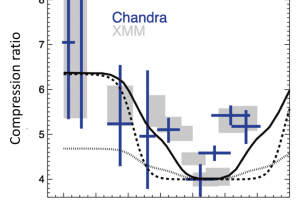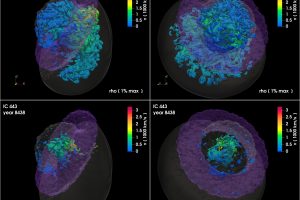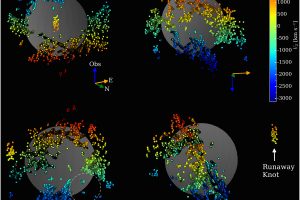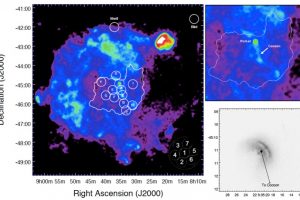Supernova remnants as particle accelerators. The study: “The supernova remnant SN 1006 as a Galactic particle accelerator” of R. Giuffrida (UniPA/INAF-OAPA) recently appeared on Nature Communication

Our planet is constantly bombarded by energetic particles (mainly protons) called “cosmic rays“. The study of cosmic rays is a leading science topic given its importance in several fields, such as the study of the effects on instrumentation and astronauts in space, where the natural protection against these particles provided by the magnetic field of Earth is low or null.
» Read more



